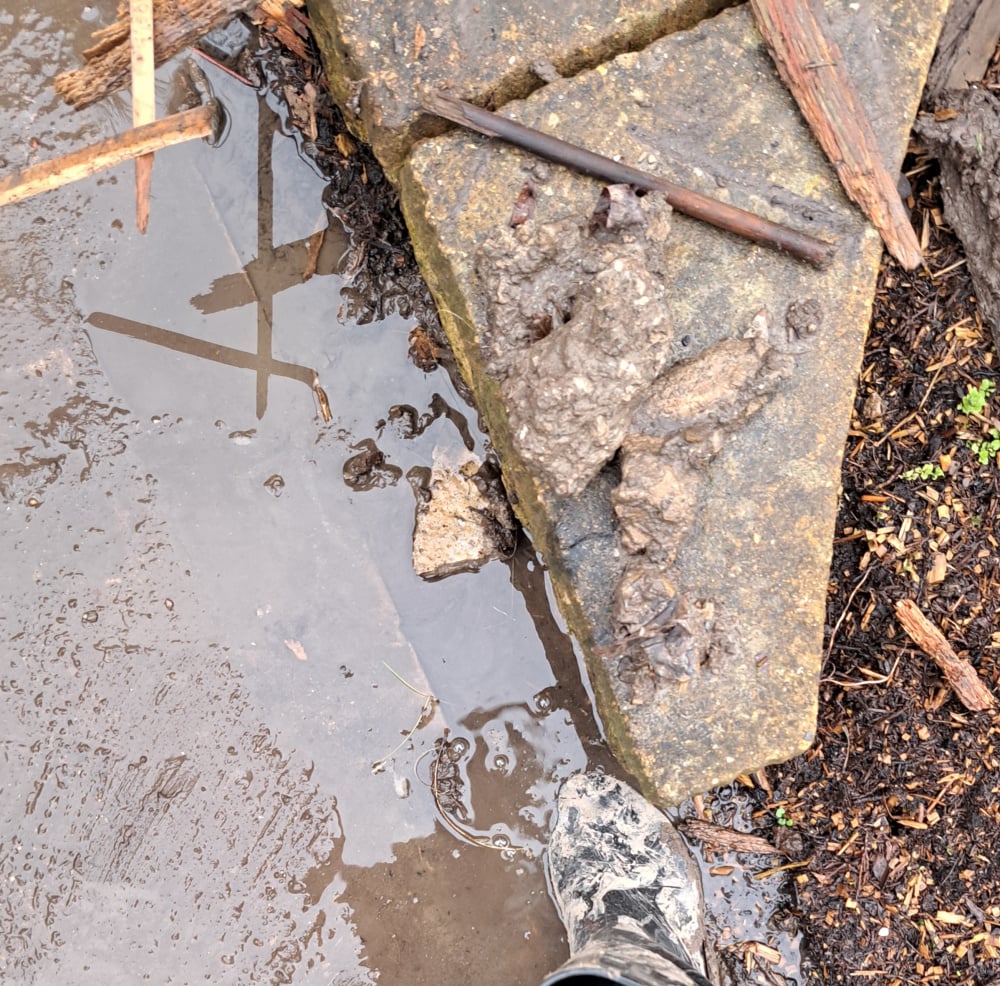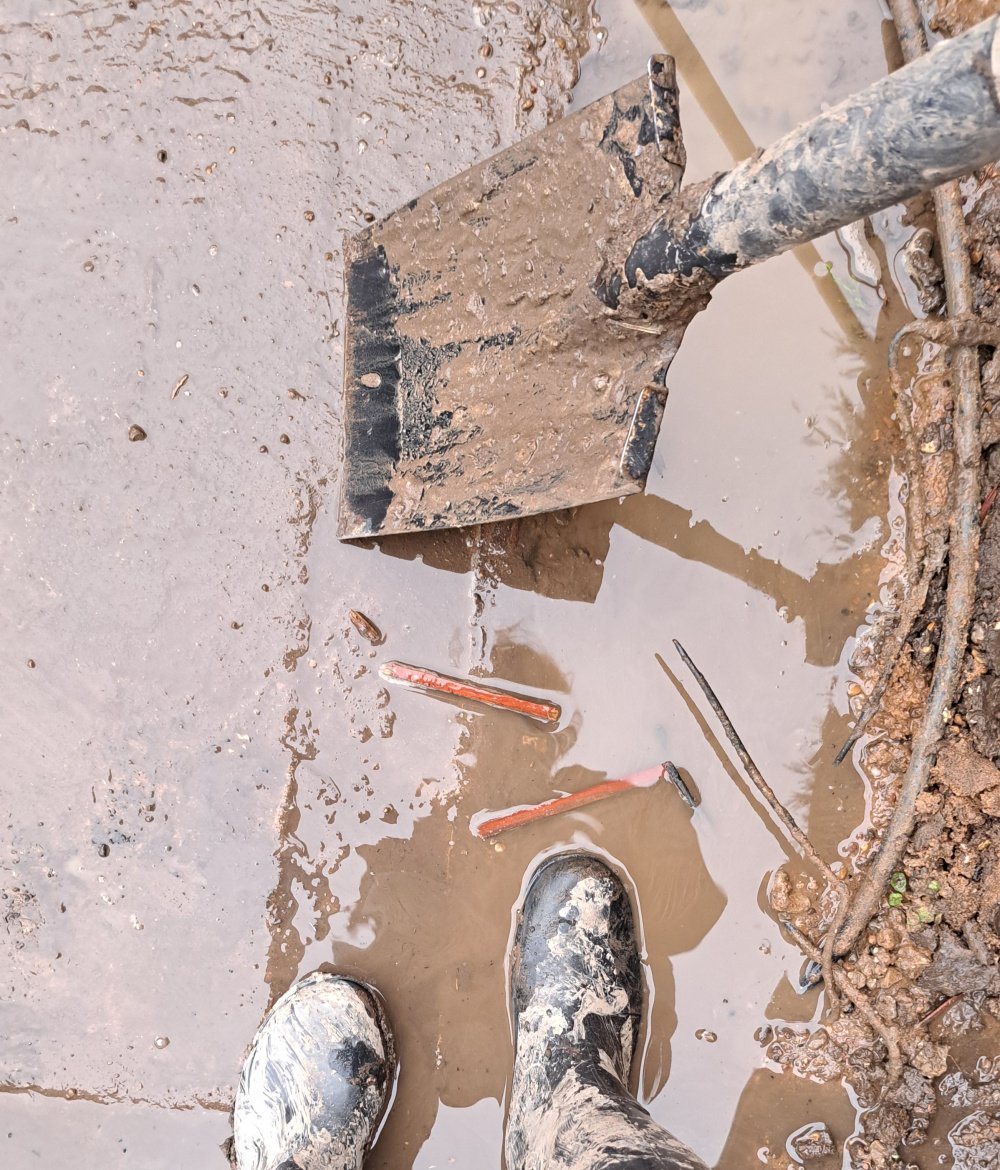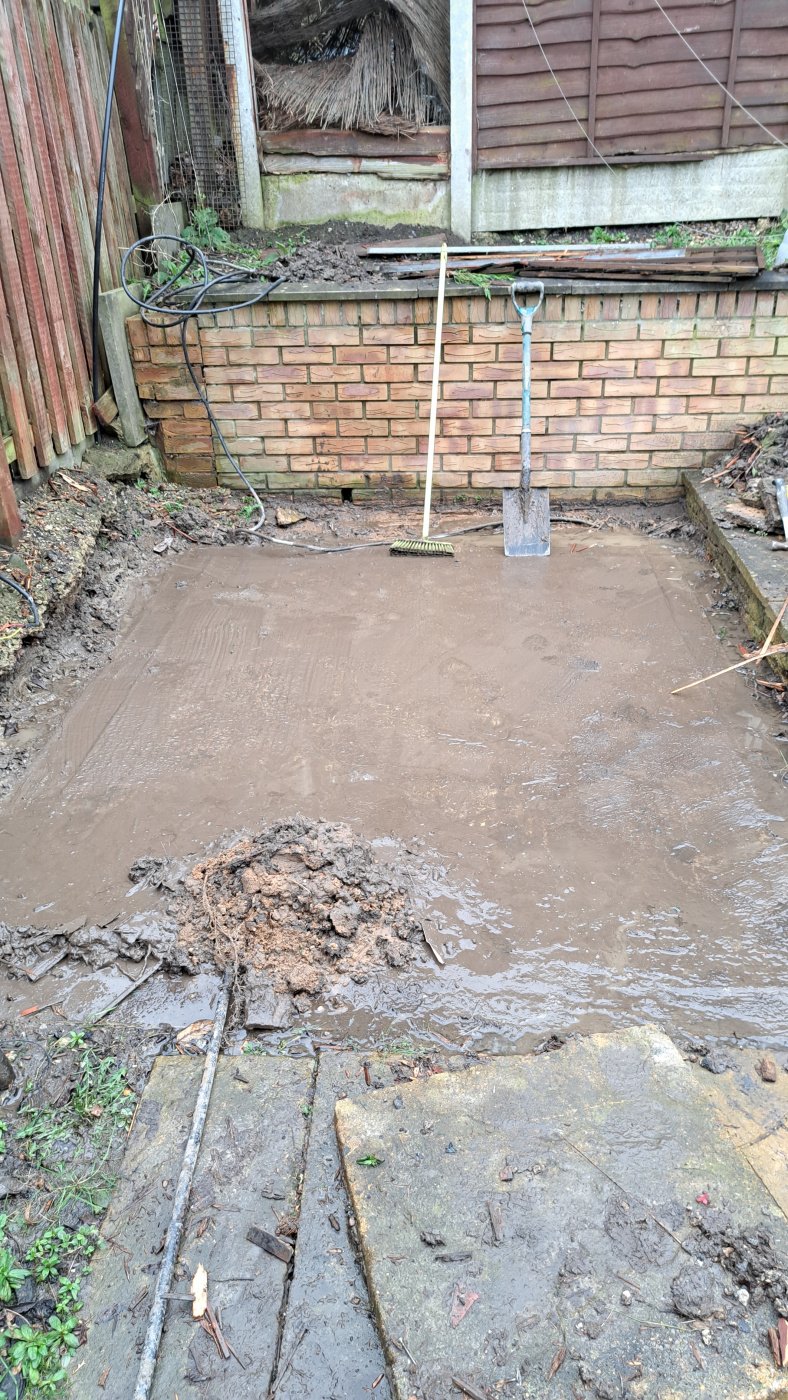This Forum will close on Wednesday 27 March, 2024. Please refer to the announcement on the Discussions page for further detail.
Greenhouse Base advise, please?
Hi fellow gardeners!
We have just removed an old rotten shed that was stood on this concrete base and we would like to add a green house in its place.
I worry that all this water will cause problems in the greenhouse. Does anyone know the best way avoid the green house being flooded every winter?
Attached a few pictures to show how it looks after a few days of rain. Thankful for any advise.
Thanks in advance



We have just removed an old rotten shed that was stood on this concrete base and we would like to add a green house in its place.
I worry that all this water will cause problems in the greenhouse. Does anyone know the best way avoid the green house being flooded every winter?
Attached a few pictures to show how it looks after a few days of rain. Thankful for any advise.
Thanks in advance



0
Posts
You can install a greenhouse on a slab but you'd end up with something more like a conservatory and as you say drainage would be a big issue. I know others on here have greenhouses like this but you'd be restricted to potted plants which is a complete b***ache in a greenhouse.
That slab looks really low too - did your shed rot?
That wall at the back with all the soil in it will make it harder to remain dry too. It's certainly a bit dodgy looking!
I agree that it's also more limiting for your growing when it's all in containers, but if it's the only place you have for it, there isn't much you can do. It depends what you want to grow too. Many plants are perfectly happy in containers, but you could build some raised beds which would be easier, assuming you'll have enough height for everything.
I wonder if it was originally a parking area or something?
I live in west central Scotland - not where that photo is...
Haha! If I could find out who did it for the previous owner, I'd want to have words for sure 🤣
I think I might have to live with the potted greenhouse, maybe even grow bags if they are on a raised structure?
Yes, the slab is really low and yes, the floor of that shed was all rotten unfortunately!
Interesting, how are you planning on making the base higher? Adding more concrete on top of the already existing slabs?
Oh, I know! If you think the brick work looks dodgy you should have seen the DIY electrics in the garden... One wire was cut, exposed and just buried in a few ft of soil.
If I want a greenhouse (which I really do!) I will have to just live with it, like you said since this is the only spot for it. I'm planning on growing the usual suspects like tomatoes, cucumbers, peppers etc. And to start some seeds in there that could later go outside.
Yes, height is a thing too! It was suggested to me to have the greenhouse be stood on sleepers as to raise it a few inches. Judging by the state of the wooden shed that was previously there I don't think that would be such a good idea for longevity.
Perhaps an option could be to add a layer of concrete to the existing slab, then raise the greenhouse frame up with something water resistant...
I think the slab was just laid as a foundation for the shed that was there, the garden is in three "steps" and this is on the middle step. The top step is that dodgy looking wall... 😁
I'll take a view on mine [shed] when I pull it down. It may just need a bit more ground clearance around one side in particular, which I can sort with paving slabs, or the aforementioned concrete blocks or similar, plus removing any soil that's got in. For that base, I just recycled the huge slabs that were here , [plus a bit of extra concrete in the appropriate spots] and were forming most of the small, enclosed bit of the very uninspiring 'garden' , but a blank canvas is something I always enjoy altering. The joys though.....
I always grew my toms in pots, which is absolutely fine. I don't grow them, but cucumbers and peppers are usually done that way too- many forum members grow them.
I use mine over winter for small plants or cuttings if needed, so some shelving will probably be useful for you, as well as being handy for storing pots, watering cans etc. Mine is small, so I keep most of that stuff elsewhere.
I live in west central Scotland - not where that photo is...
I found this site which explains.
https://www.homebuilding.co.uk/advice/what-is-a-french-drain
The other alternative would be to fill the entire space with concrete so that it's the height of, or higher than, that step up on the right, but the fence etc on the left might then be a problem, plus the back wall area, as well as it being pricey.
I live in west central Scotland - not where that photo is...